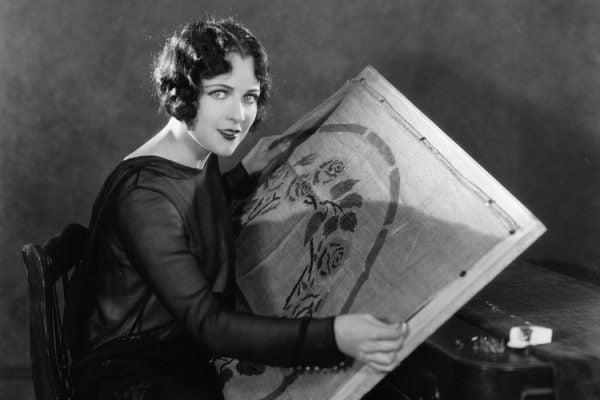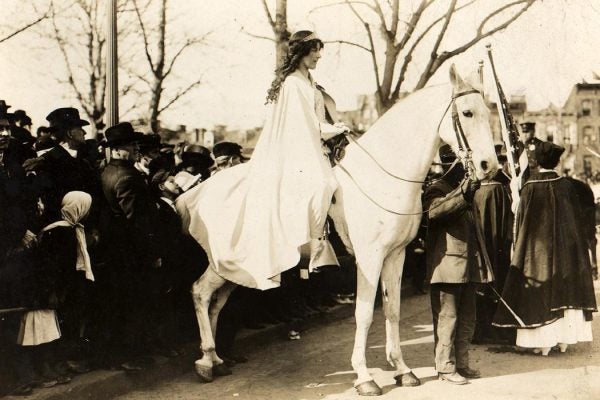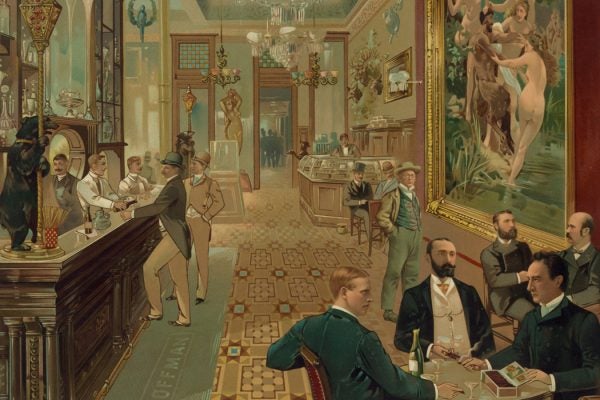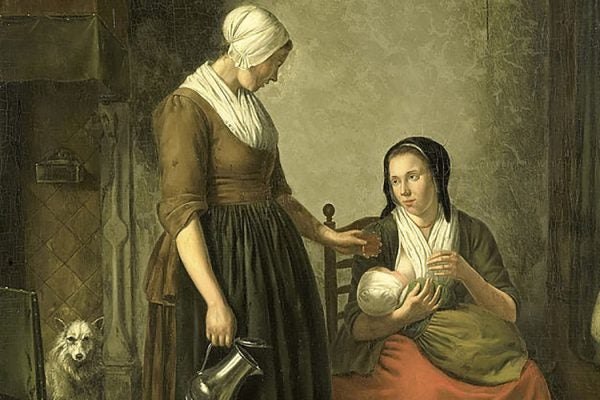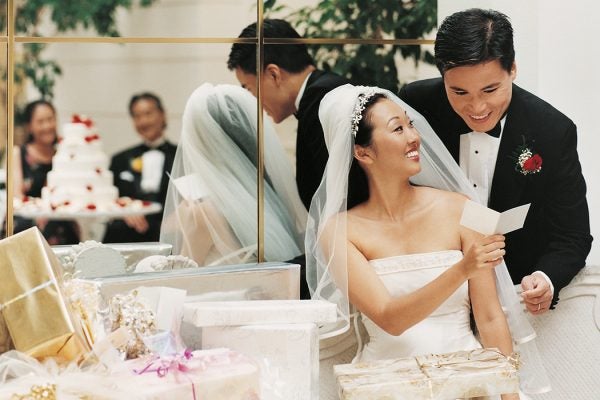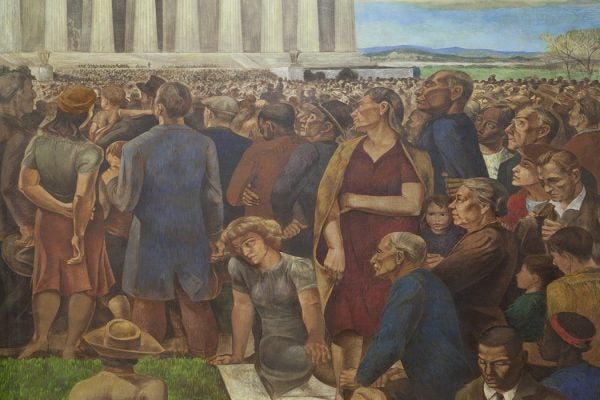Why Modern Women Got All Colonial in the 1920s
Flappers stole the headlines for their hemlines and wild ways. But were some of them stitching samplers in the meantime?
Why Did the Suffragists Wear Medieval Costumes?
Medieval costume was a standard feature of US women’s suffrage parades, often with one participant designated as Joan of Arc.
Why Cupid Rules Valentine’s Day
The rascally cherub has been part of Valentine's Day lore since Chaucer’s time.
How Women Helped to Develop the First Spacesuit
NASA recently cancelled an all-female spacewalk, citing a lack of spacesuits. Ironically, women played a key role in creating the very first spacesuits.
The Painting That Changed New York City
Classical nudes were once reserved for learned men in elite spaces. Then a hotelier hung Nymphs and Satyr in a public bar, shaking up NYC's bourgeoisie.
The Top-Secret Feminist History of Tea Rooms
Nearly all American tea rooms were owned by women. They often opened up rooms in their homes or set up tables in their gardens.
When Breastfeeding Was a Civic Duty
Think people are judgmental of mothers now? In the 18th- and 19th-centuries, mothers who bottle-fed their babies were blamed for many of society's ills.
Some Books Can Kill
Poisonous green pigments laced with arsenic were once a common ingredient in book bindings, paints, wallpapers, and fabrics. Yikes.
When Weddings Went Commercial
The rise of industrial production and commercial marketing transformed the way that well-to-do Americans celebrate weddings.
The First Civil Rights Monument
The nation's first civil rights monument is a mural portraying the interracial audience at Marion Anderson's famed Freedom Concert of 1939 on the Washington Mall.
